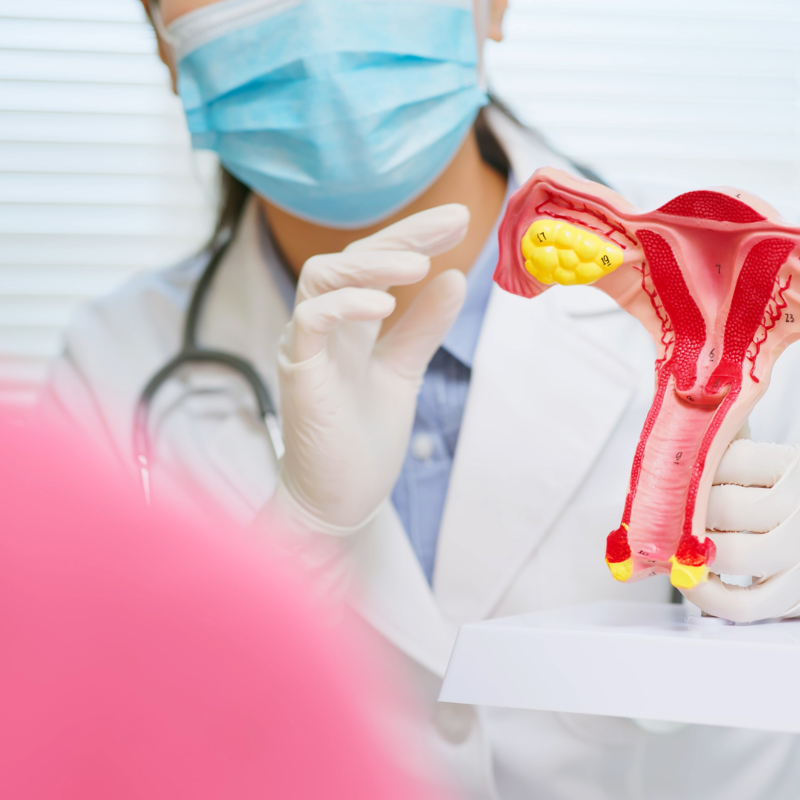The Danger of Cervical Cancer
Dear friends, let’s take another look at the danger of cervical cancer. I’m sure you’ve heard the frightening news: cervical cancer is the third most common type of cancer among women worldwide and the fourth most common type of cancer among women in the United States. In fact, the American Cancer Society estimates that about one in every four women will develop cervical cancer at some point in their lives. Scary stuff – but it doesn’t have to be a death sentence. There are steps we can take to reduce our risk and catch any signs early, so let’s talk about what we can do to stay safe.
What Is Cervical Cancer?
Cervical cancer is a type of cancer that starts in a woman’s cervix, which is located at the lower part of her uterus. It usually takes many years for cervical cells to turn into cancer cells, though sometimes it can happen more quickly. Though it often has no early symptoms, if left untreated it can cause pain and bleeding during sex, as well as other more serious issues like infertility or even death.
How Can We Reduce Our Risk?
The good news is there are steps we can take to significantly reduce our risk for developing cervical cancer. The first step is getting regular Pap tests (or Pap smears). This test looks for changes in your cervix that could become serious if not treated early on. The American College of Obstetricians and Gynecologists recommends that all women aged 21-65 should get a Pap test every three years starting at age 21 (or sooner if they experience any symptoms).
In addition to getting regular Pap tests, there are other lifestyle choices you can make to reduce your risk for developing cervical cancer. Quitting smoking is one key factor; smoking increases your risk for developing this type of cancer significantly, so if you don’t smoke already try to quit! Eating healthily also helps reduce your risk; focus on eating lots of fruits and vegetables while limiting processed foods as much as possible. Finally, practice safe sex by using condoms whenever you’re sexually active; some strains of HPV (the virus linked to most cases of cervical cancer) are spread through sexual contact, so taking precautions helps keep yourself safe from infection.
Cervical cancer doesn’t have to be something we fear – there are steps we can take now to drastically reduce our chances of developing it later on! Be sure to talk with your doctor about screening options and remember these key points – get regular Pap tests starting at age 21 (or younger if necessary), quit smoking if applicable, eat healthy foods instead of processed ones, and use condoms when engaging in sexual activity. A few small changes today could save your life tomorrow – so don’t wait another day – start taking action now!


